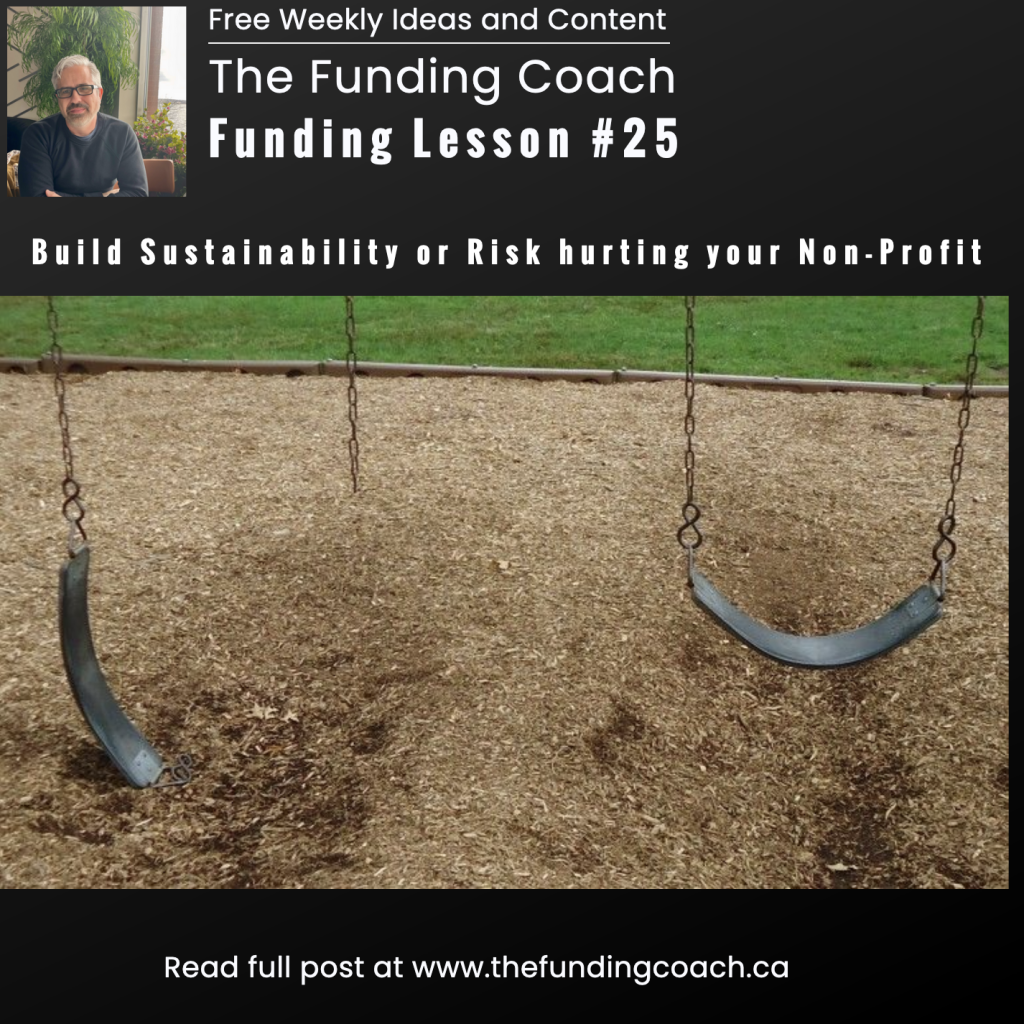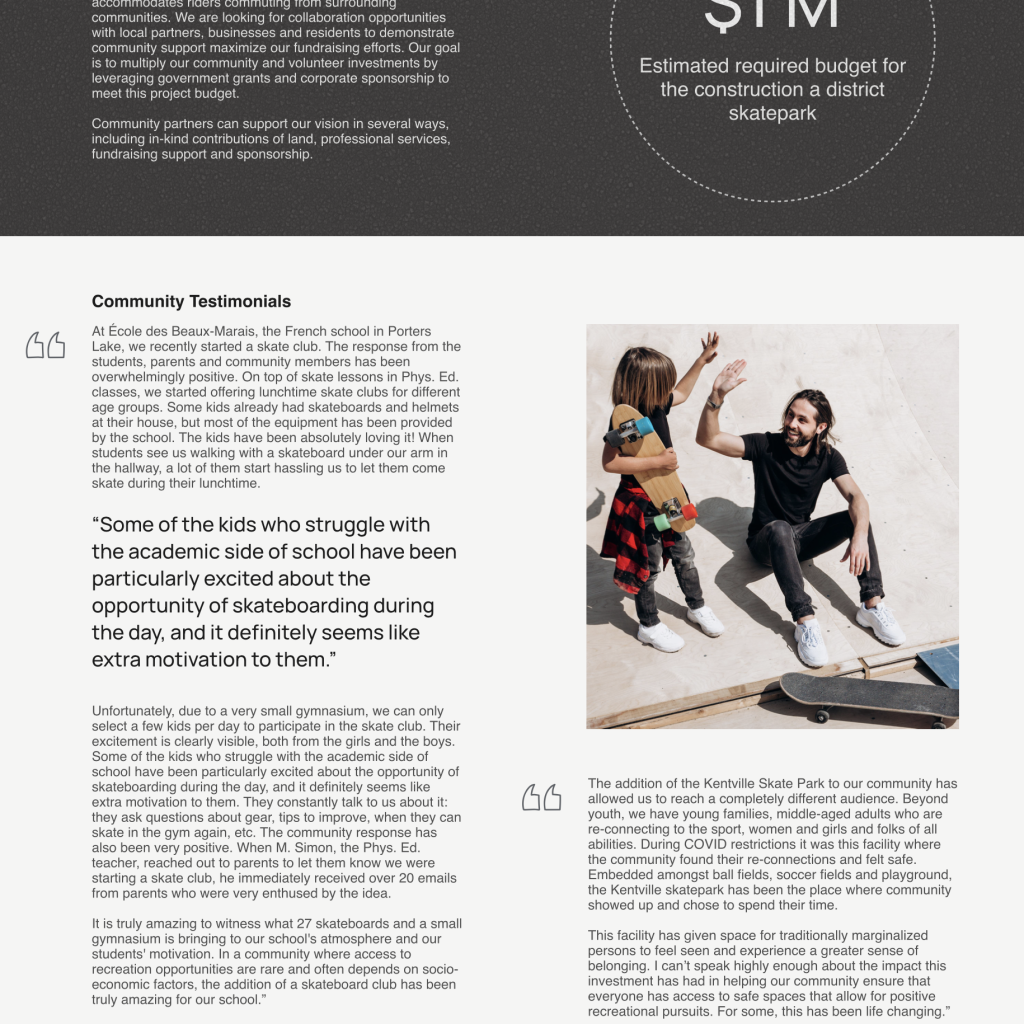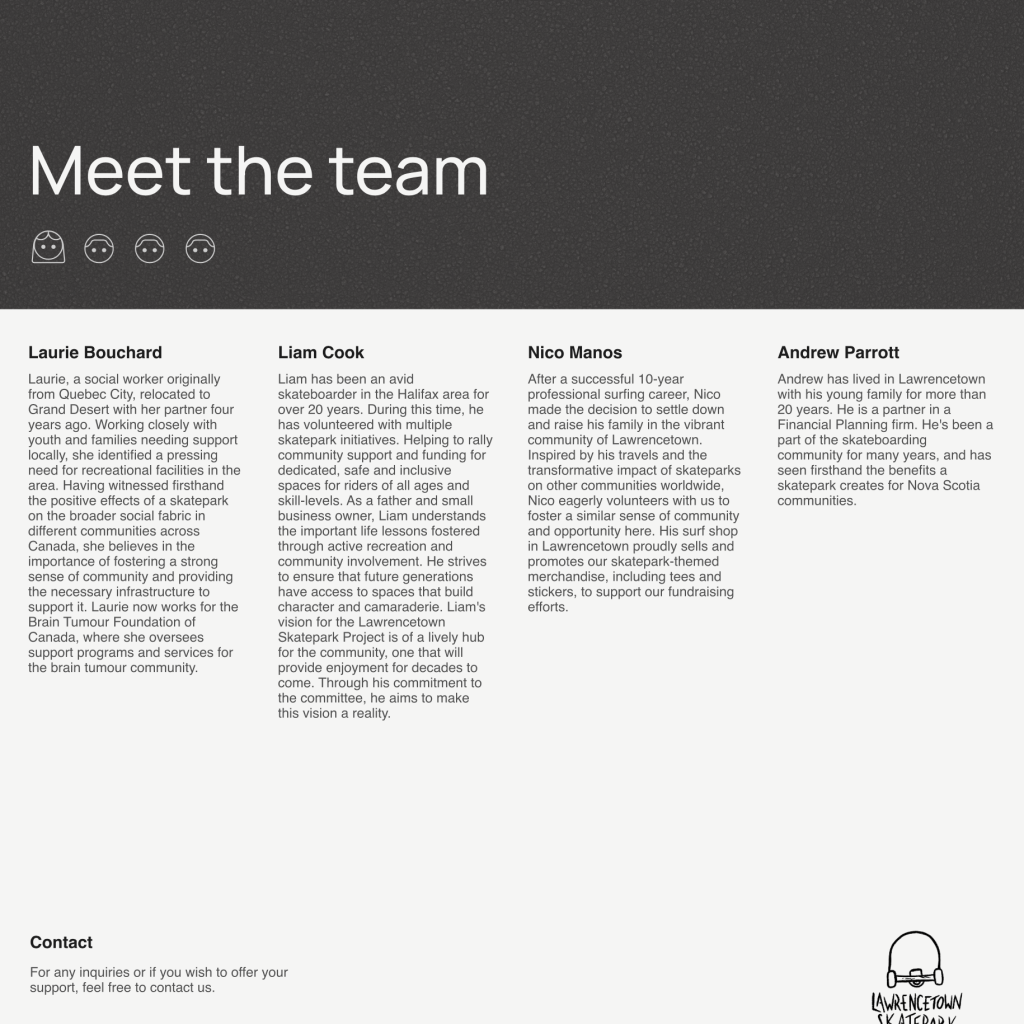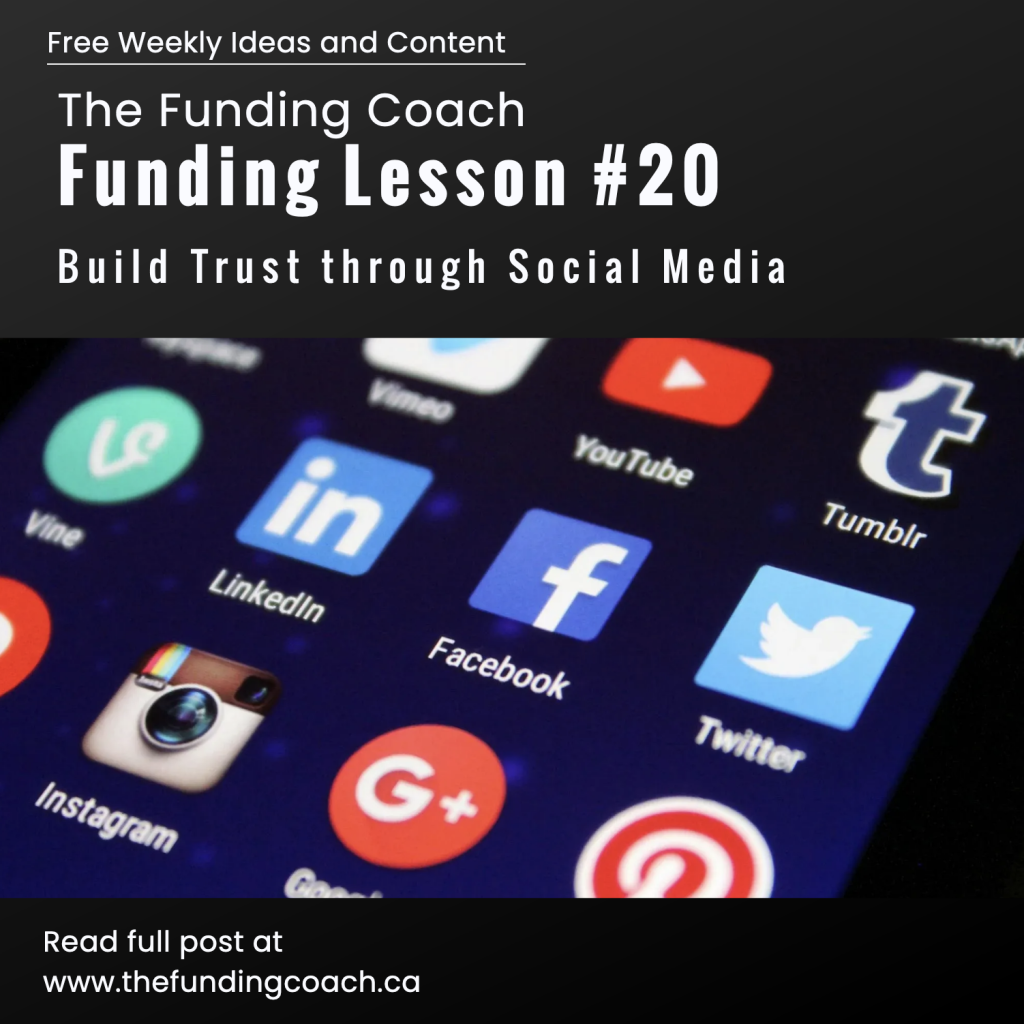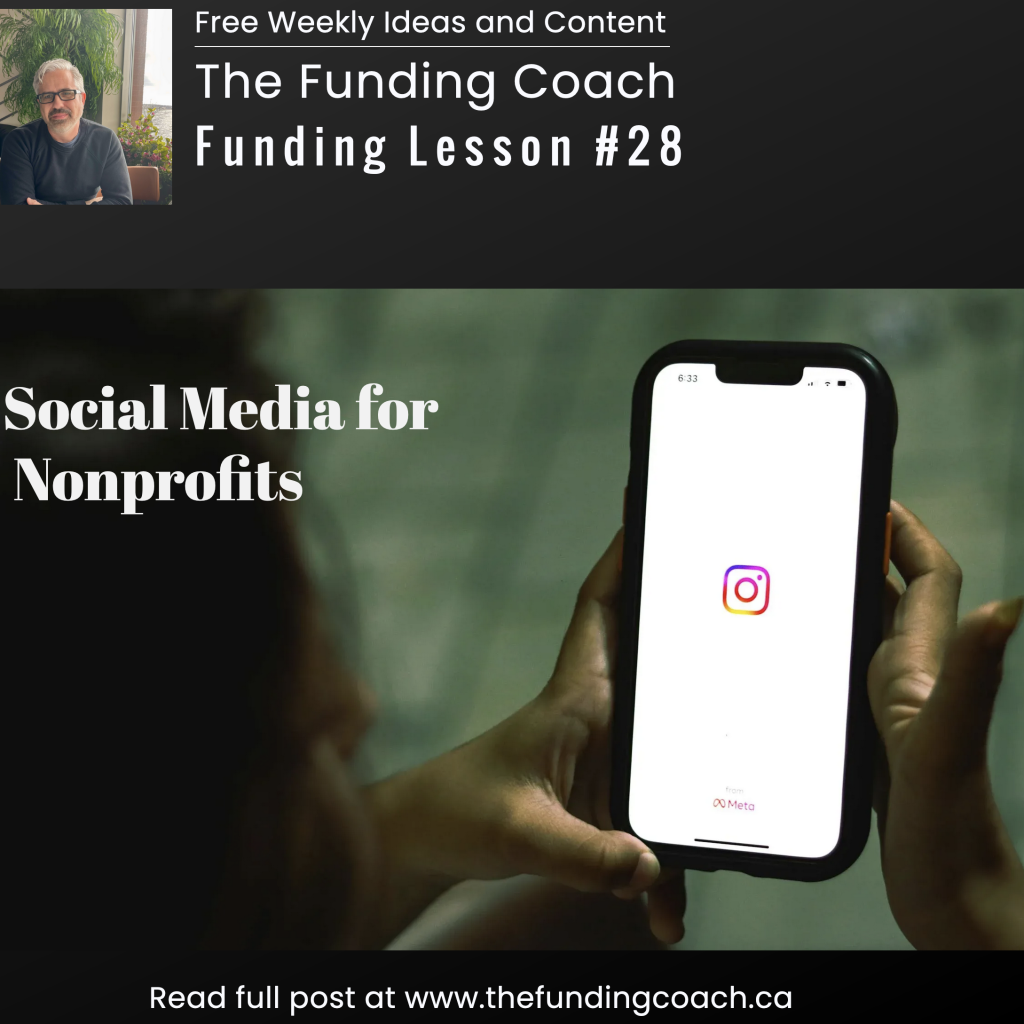
At our non-profit, when we needed help urgently—whether for meals, diapers, bikes for kids, or family support—social media often proved to be the fastest and most effective way to rally our community. This underscores just how crucial social media can be in times of crisis.
For many nonprofits, social media isn’t just about keeping followers informed; it’s also a vital tool for fundraising. If you’re feeling stuck trying to grow your following, remember: your nonprofit has unique advantages. Here’s how to make the most of them:
![]() Share Compelling Stories: Great stories resonate and get shared. Pair them with eye-catching photos, a clear call to action, and make it easy for people to help. Don’t forget to ask your audience to share your posts!
Share Compelling Stories: Great stories resonate and get shared. Pair them with eye-catching photos, a clear call to action, and make it easy for people to help. Don’t forget to ask your audience to share your posts!
![]() Utilize Events: Events give you a direct opportunity to engage with people. Consider incorporating a QR code in your presentations that leads straight to your follow button, and ask everyone to follow. This works wonders for fundraisers, community events, or any programs you run.
Utilize Events: Events give you a direct opportunity to engage with people. Consider incorporating a QR code in your presentations that leads straight to your follow button, and ask everyone to follow. This works wonders for fundraisers, community events, or any programs you run.
![]() Act Immediately: Turn every moment into a chance to gain new followers. For instance, offer a door prize at your next event specifically for new social media followers.
Act Immediately: Turn every moment into a chance to gain new followers. For instance, offer a door prize at your next event specifically for new social media followers.
Implementing these strategies can help you grow your follower base quickly and effectively. Need more tips on promoting your nonprofit or community group?
Contact me, the funding coach, for more info and strategies.
#Nonprofit#Fundraising#SocialMediaStrategy#CommunitySupport#FundingCoach


